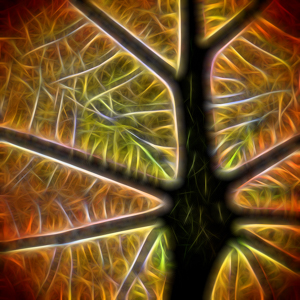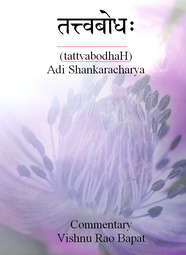Q: Does the phrase satyam j~nAnam anantam brahma means truth-knowledge limitless or Existence-consciousness limitless? (The latter is the definition given by Swami Dayananda in one of the summer camp tapes.)
A: Strictly speaking, sat means real, existence or being; sattA means being or existence; satya means truth or being. If you look up ‘existence’, you will probably find asti or astitvam. If you look up ‘sat’ in Monier-Williams, one of the meanings is ‘that which really is, entity or existence, essence, the true being or really existent’. If you look up ‘sattva’, you get ‘being, existence, entity, reality, true essence’.
So the answer is that both are used in either context and there is no clear meaning associated with either (and I have come across both being used in both meanings. I am fairly sure that Swami D has used both to mean ‘existence’ and both to mean ‘truth’. Sanskrit is a very versatile language! (But, if you ever come across me using it clearly in one way and Swami D using it in another, take Swamiji’s meaning! He knew Sanskrit inside out; I don’t!) Continue reading





